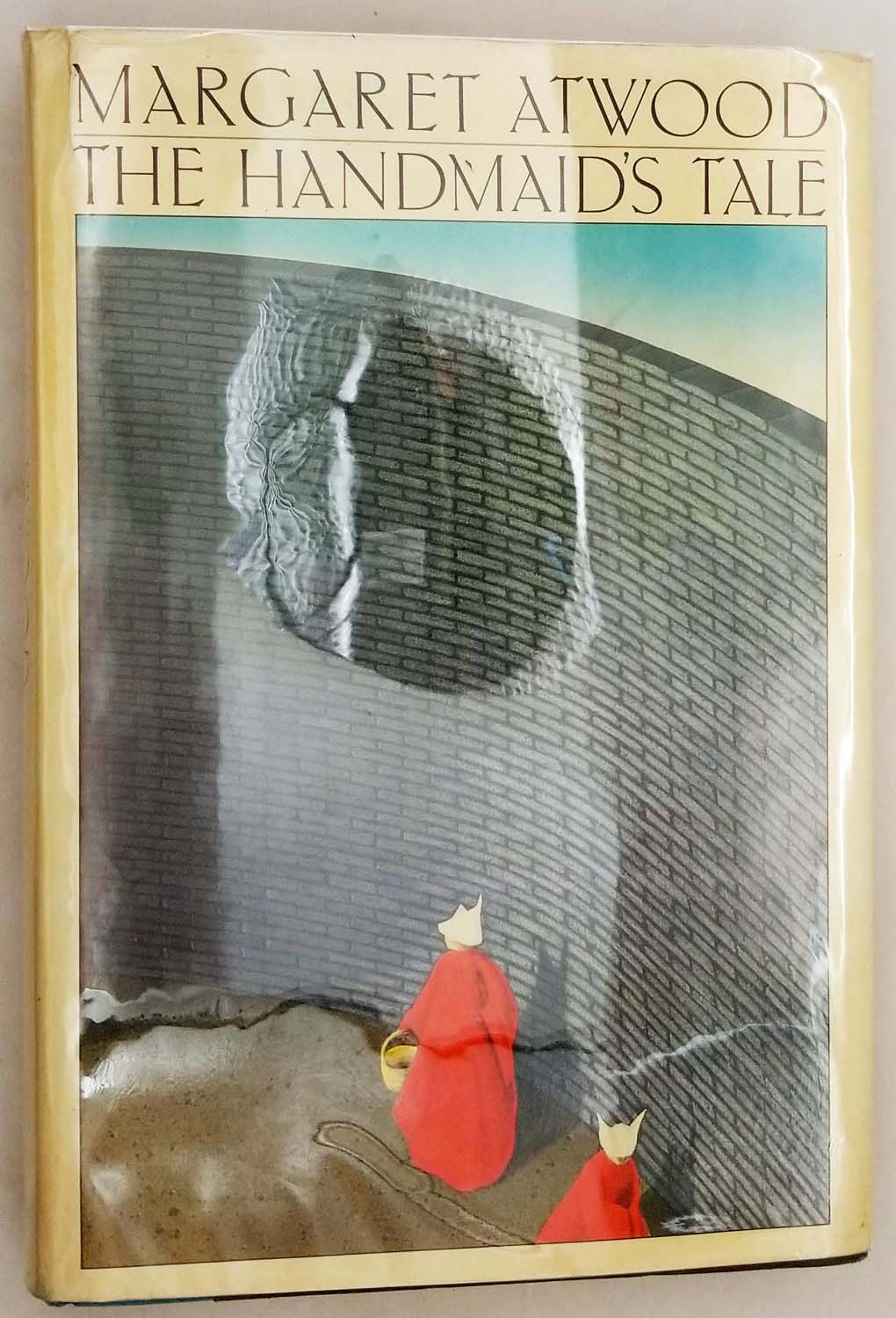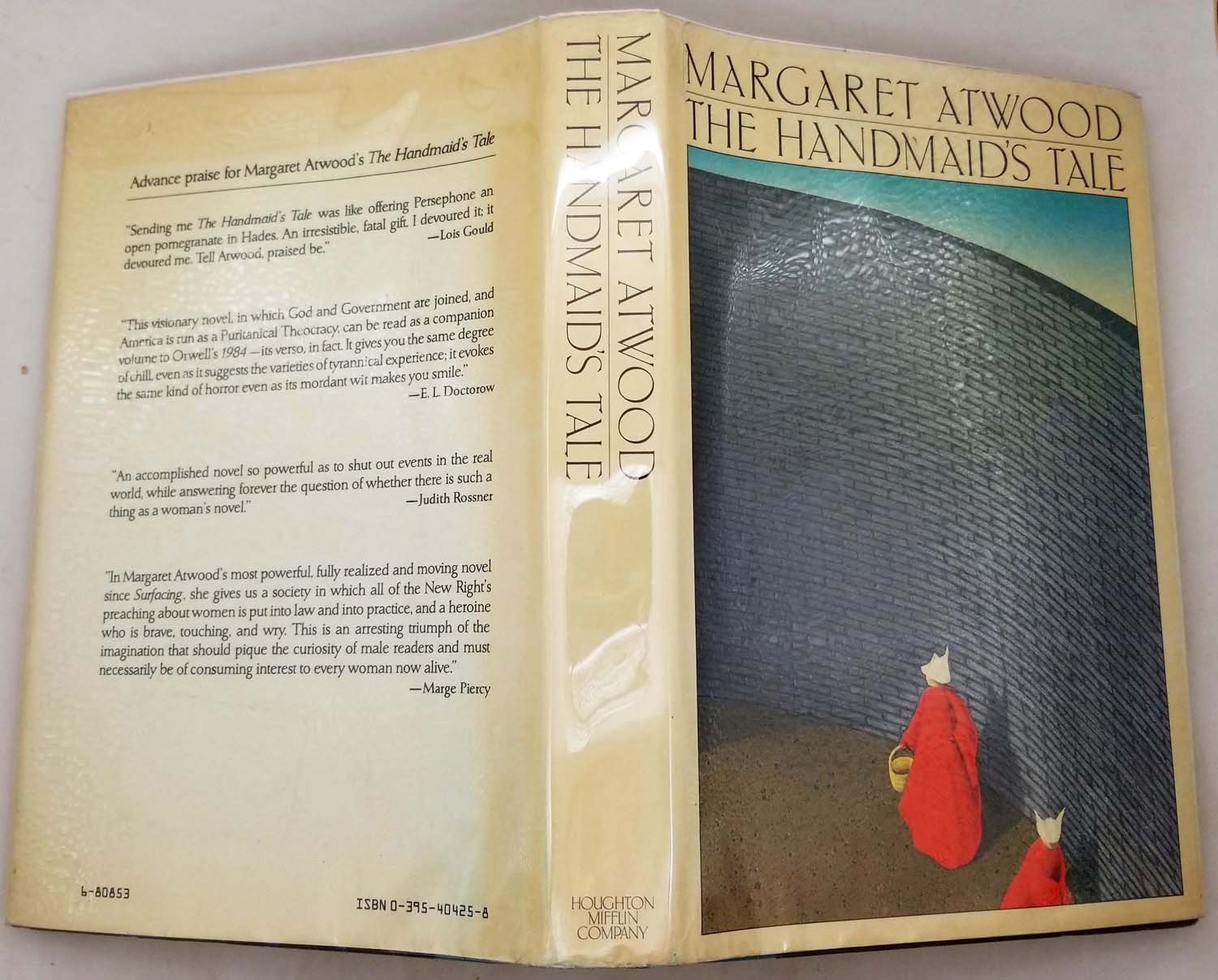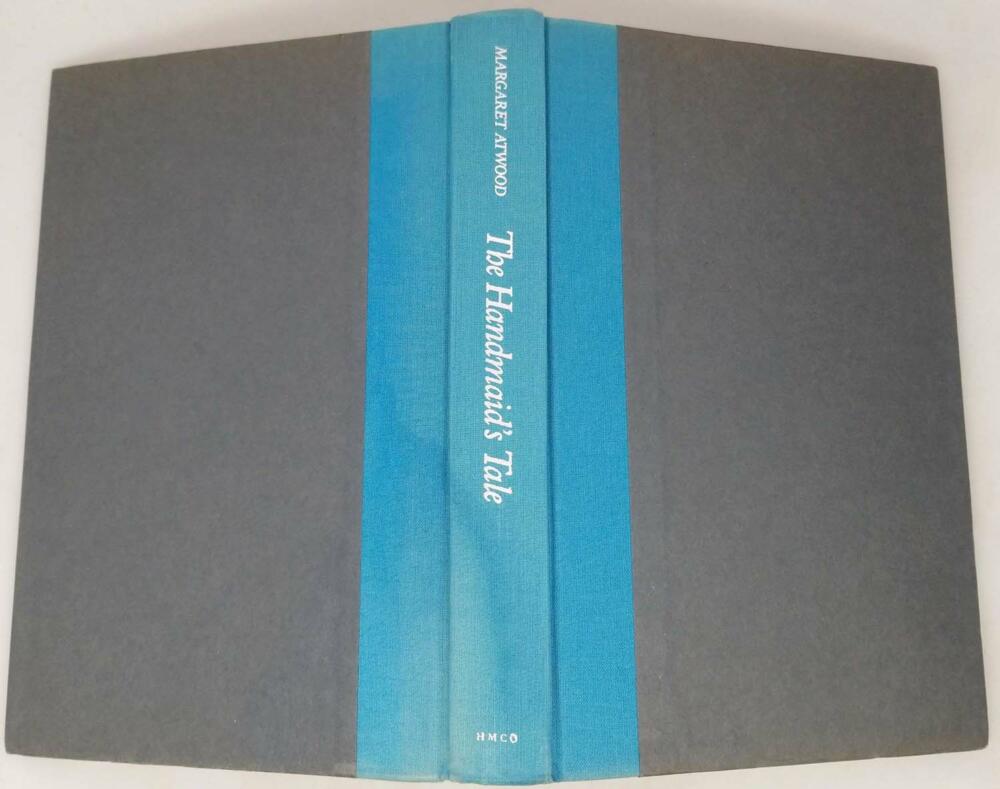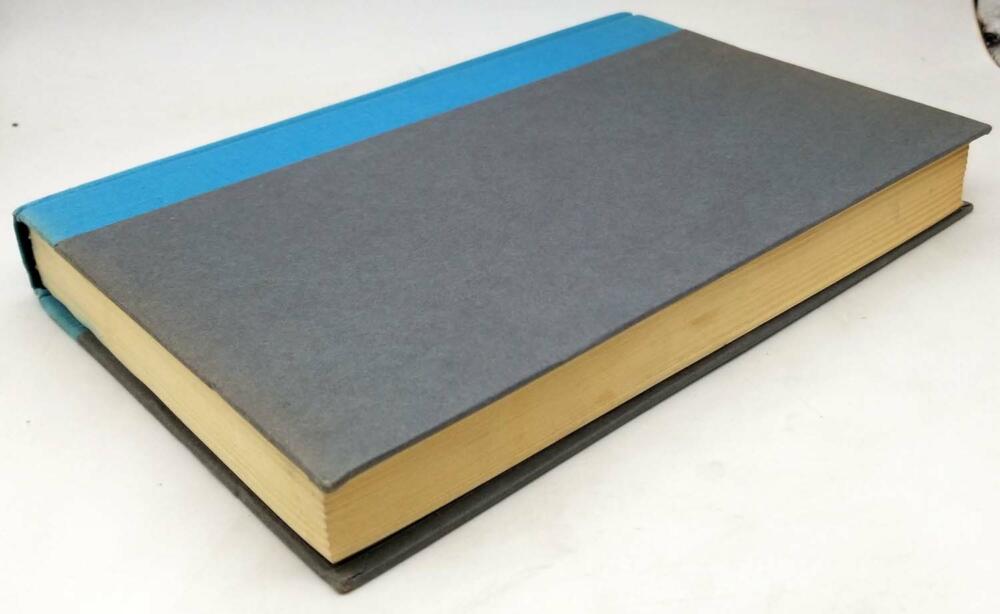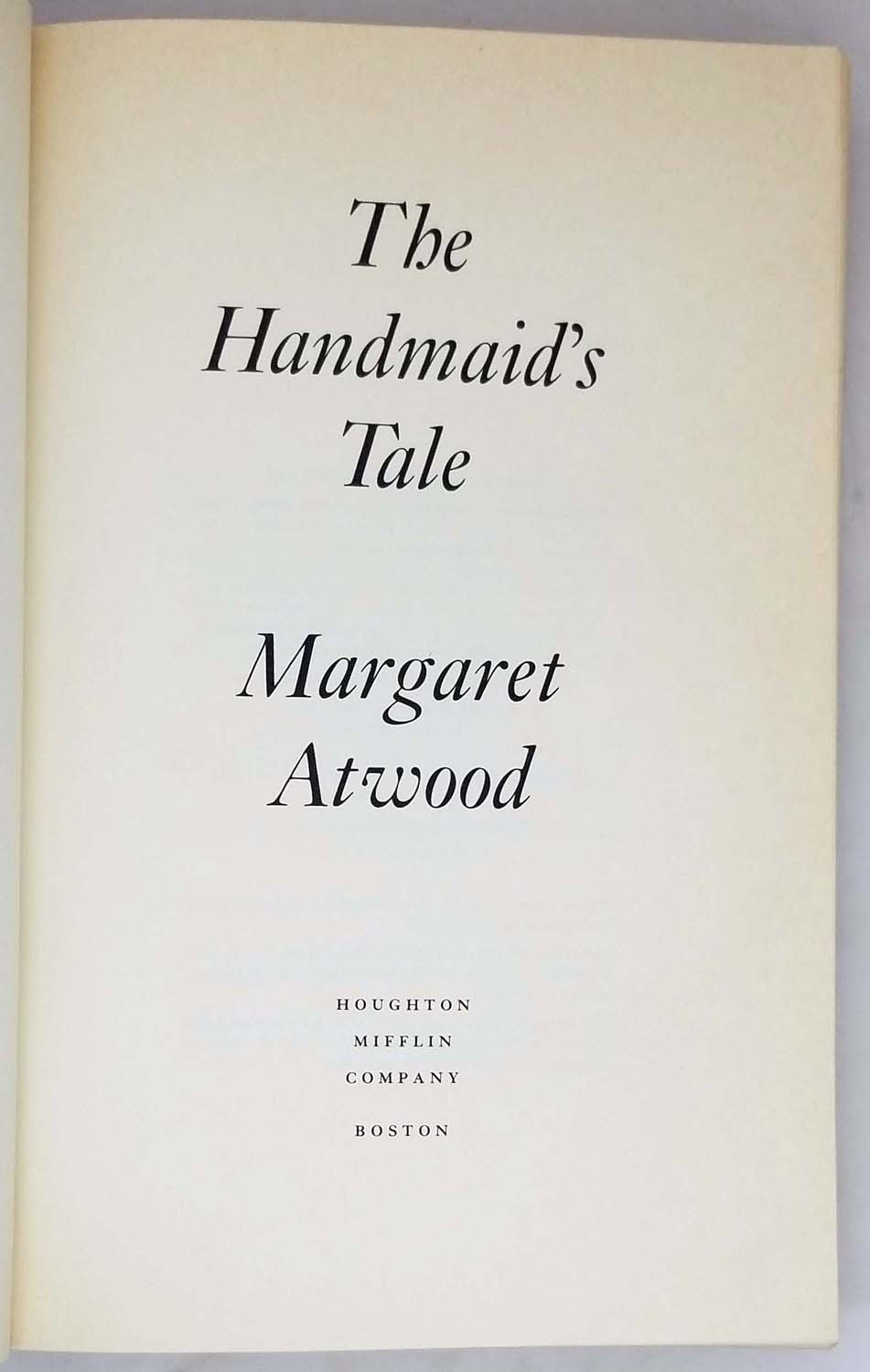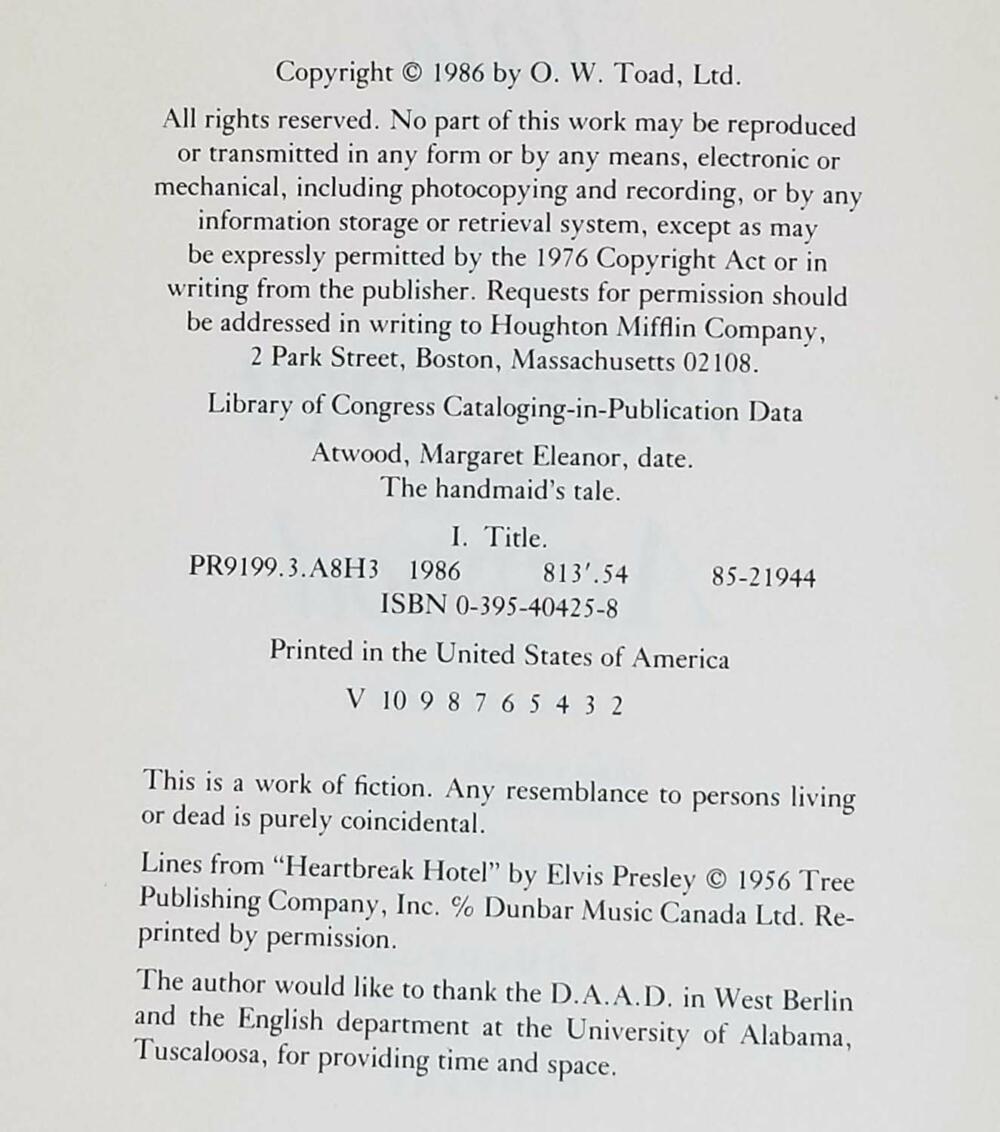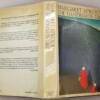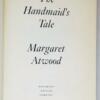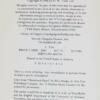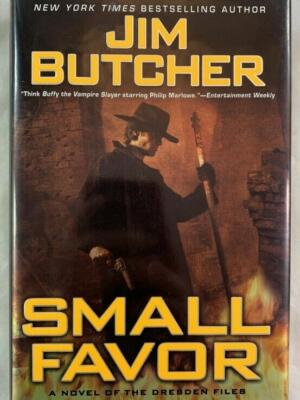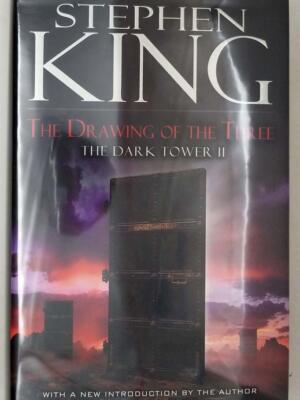The Handmaid’s Tale (1985) by Margaret Atwood is a dystopian masterpiece set in the oppressive theocracy of Gilead, where women are stripped of rights and reduced to their reproductive functions. Offred, a Handmaid forced into sexual servitude, navigates a world of surveillance, ritualized rape, and whispered rebellion while clinging to memories of her stolen past. Atwood’s chilling prose explores themes of gender, power, and resistance, mirroring real-world patriarchal anxieties with terrifying plausibility. A cornerstone of feminist literature, the novel remains alarmingly relevant, inspiring TV adaptations and global protests.
For Readers of Dystopian Power & Feminist Resistance:
- The Testaments (Margaret Atwood) – The sequel, revealing Gilead’s fractures.
- *1984* (George Orwell) – Totalitarian dread and thought control.
- Parable of the Sower (Octavia Butler) – Climate collapse and oppressive regimes.
- The Power (Naomi Alderman) – Gender dynamics violently reversed.
